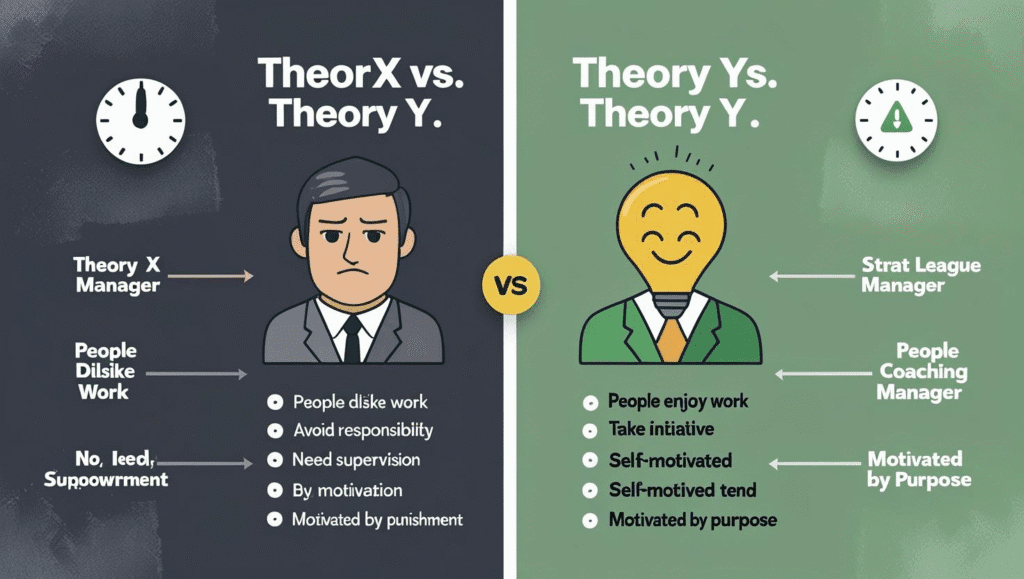The Complete 2025 Guide to Online College Business Degree Costs in the USA
Investing in a college degree is one of the most significant financial decisions you’ll ever make. For many Americans, an online business degree offers a flexible, powerful path to career advancement. But the number one question on everyone’s mind is: **”What will it actually cost?”** The answer, unfortunately, isn’t a single number. The price of an online business degree can range from surprisingly affordable to eye-wateringly expensive, depending on a host of factors.
This definitive guide is designed to demystify the costs of earning an online business degree in the United States. We will break down every component of the price tag, from tuition and fees to the hidden expenses you might not expect. We’ll explore the cost differences between public and private universities, explain how to calculate your potential return on investment (ROI), and arm you with the financial knowledge you need to make a smart, informed decision for your future. Let’s get started. 💰
What is the total cost of an online college business degree in the USA?
The total cost for a four-year online bachelor’s degree in business in the U.S. typically ranges from **$30,000 to over $200,000**. For a public, in-state university, you can expect a total tuition cost between **$30,000 and $70,000**. For a private, non-profit university, the total cost often falls between **$80,000 and $200,000+**. These figures are for tuition and mandatory fees only and do not include books, technology costs, or other expenses. The final “net price” you pay will depend heavily on financial aid, grants, and scholarships.
Deconstructing the Price Tag: What Are You Actually Paying For?
The “sticker price” of a degree is often just the starting point. Understanding the different components is the first step toward managing your educational expenses effectively.
Tuition: Per-Credit vs. Flat-Rate Models
Tuition is the core cost of your education. Online programs typically use one of two models:
- Per-Credit Cost: This is the most common model. You pay a set price for each credit hour you take. A standard bachelor’s degree requires 120 credit hours. For example, if a program costs $400 per credit, your total tuition would be $48,000 ($400 x 120). This model offers flexibility, as you only pay for the courses you’re taking in a given semester.
- Flat-Rate or Full-Time Tuition: Some programs charge a flat rate per semester or per year, assuming you’re a full-time student (usually 12-15 credits). This can be cost-effective if you plan to take a heavy course load.
Public vs. Private Universities: A Tale of Two Price Points
The type of institution you choose is the single biggest factor influencing cost. While the quality of education can be excellent at both, their funding models lead to vastly different prices.
| Institution Type | Typical Per-Credit Cost | Estimated 4-Year Tuition Total | Key Characteristics |
|---|---|---|---|
| Public University (In-State) | $250 – $600 | $30,000 – $72,000 | Funded by state governments. Offers lower tuition to state residents. Often large, well-established programs. |
| Public University (Out-of-State) | $700 – $1,200+ | $84,000 – $144,000+ | Charges higher rates to non-residents. Some online programs offer a single, blended rate. |
| Private Non-Profit University | $600 – $1,800+ | $72,000 – $216,000+ | Relies on tuition, endowments, and donations. Often has a single tuition rate for all online students, regardless of location. |
The key takeaway? An online degree from your local state university is almost always the most affordable path. However, don’t rule out private schools, as they often offer more generous financial aid packages that can significantly reduce the sticker price.
Mastering Your Money: Essential Financial Literacy for Students
Paying for college isn’t just about writing a check; it’s about building a financial foundation for your future. Understanding financial aid, budgeting, and debt is non-negotiable. These books are essential reading for any prospective student looking to take control of their financial destiny.

The Price You Pay for College: An Entirely New Road Map for the Biggest Financial Decision Your Family Will Ever Make
A must-read from a New York Times columnist. This book goes beyond the numbers to help you understand the *value* of a degree and how to navigate the complex world of financial aid and merit scholarships.
View on Amazon
How to Pay for College When You’re Broke (2025-2026)
This practical, step-by-step guide is your roadmap to maximizing financial aid. It demystifies the FAFSA, CSS Profile, and shows you how to find and win scholarships you may not have known existed.
View on Amazon
The Total Money Makeover: A Proven Plan for Financial Fitness
While not a college-specific book, Ramsey’s principles on budgeting, saving, and avoiding debt are critical for students. This book will give you the mindset to graduate with financial peace, not crushing loans.
View on AmazonBeyond Tuition: The Hidden and Indirect Costs of an Online Degree
Your budget doesn’t end with tuition. Several other mandatory and indirect costs will factor into your total investment. It’s crucial to account for these to get a realistic picture of your expenses.
- Technology Fees: Nearly all online programs charge a technology fee per credit or per semester. This covers the cost of the learning management system (LMS), technical support, and other digital infrastructure. This can add **$50 to $200 per semester**.
- Textbooks and Course Materials: While you save on commuting, you still have to pay for books. The cost can range from **$800 to $1,500 per year**. Look for programs that use open educational resources (OER) or include digital textbooks in their fees to save money.
- Proctoring Fees: Some online exams require a proctor to ensure academic integrity. This can be done at a physical testing center or through an online proctoring service, costing **$15 to $50 per exam**.
- Opportunity Cost: This is an indirect but significant factor. If you’re studying full-time and not working, the income you’re forgoing is a major cost. The flexibility of online learning allows many students to work part-time or full-time, drastically reducing this opportunity cost.
Remember that the cost of your undergraduate degree is an investment in your future earning potential and a stepping stone to further education. The financial planning skills you develop now will be invaluable when considering the cost of an advanced degree, whether that’s one of the best MBA programs or a specialized degree like an online Master’s in Healthcare Administration.
Frequently Asked Questions (FAQ) About Online Degree Costs
Is an online business degree really cheaper than an on-campus degree?
Often, yes, but not always because of tuition. While the per-credit cost can sometimes be similar, you save thousands of dollars per year on indirect costs like room and board, meal plans, and daily commuting. These savings make the total cost of attendance for an online degree significantly lower for most students.
Can I use federal financial aid (FAFSA) for an online degree?
Absolutely. As long as you are attending a properly accredited institution, you are eligible for federal financial aid, including Pell Grants, federal student loans, and work-study programs, just like an on-campus student. This is why choosing from the best online business degrees from accredited US schools is so important.
What is the difference between “sticker price” and “net price”?
This is the most important concept in college finance. The **sticker price** is the published tuition and fees. The **net price** is what a student *actually* pays after grants, scholarships, and institutional aid are deducted. Never make a decision based on the sticker price alone. A private university with a $60,000 sticker price might offer you $45,000 in aid, making its net price $15,000—potentially cheaper than a state school.
Do I have to pay out-of-state tuition if I’m an online student?
It depends on the university’s policy. Many large public universities have started offering a single, flat tuition rate for all online students, regardless of their location, which is often higher than the in-state rate but lower than the traditional out-of-state rate. Always check the specific policy of each school you’re considering. The financial flexibility of some graduate programs, such as the top MBA programs without a GMAT, often extends to their tuition models as well.
Conclusion: An Affordable, High-Value Degree is Within Reach
Navigating the cost of an online business degree can feel daunting, but it is entirely manageable with the right information. The key is to look beyond the sticker price and focus on the net price you will actually pay. Prioritize accredited public universities in your state for the most affordable options, but don’t be afraid to apply to private schools with strong financial aid programs.
By filling out your FAFSA, actively searching for scholarships, and creating a detailed budget that includes all direct and indirect costs, you can take control of your educational finances. An online business degree is a powerful investment in your career, and with careful planning, it’s an investment that can pay dividends for a lifetime without burying you in debt. Your journey to a brighter financial future starts with smart research today.


